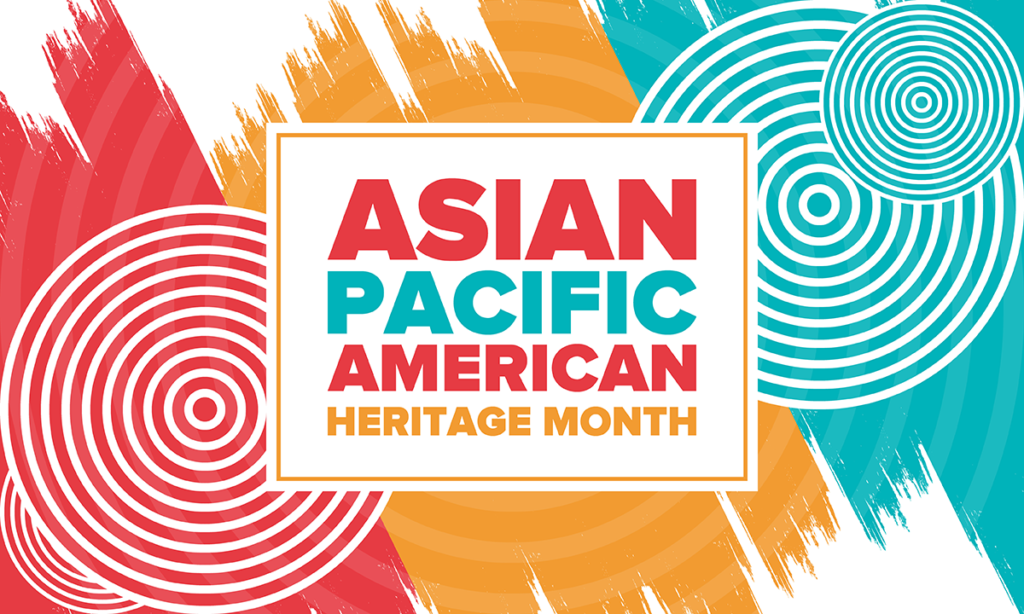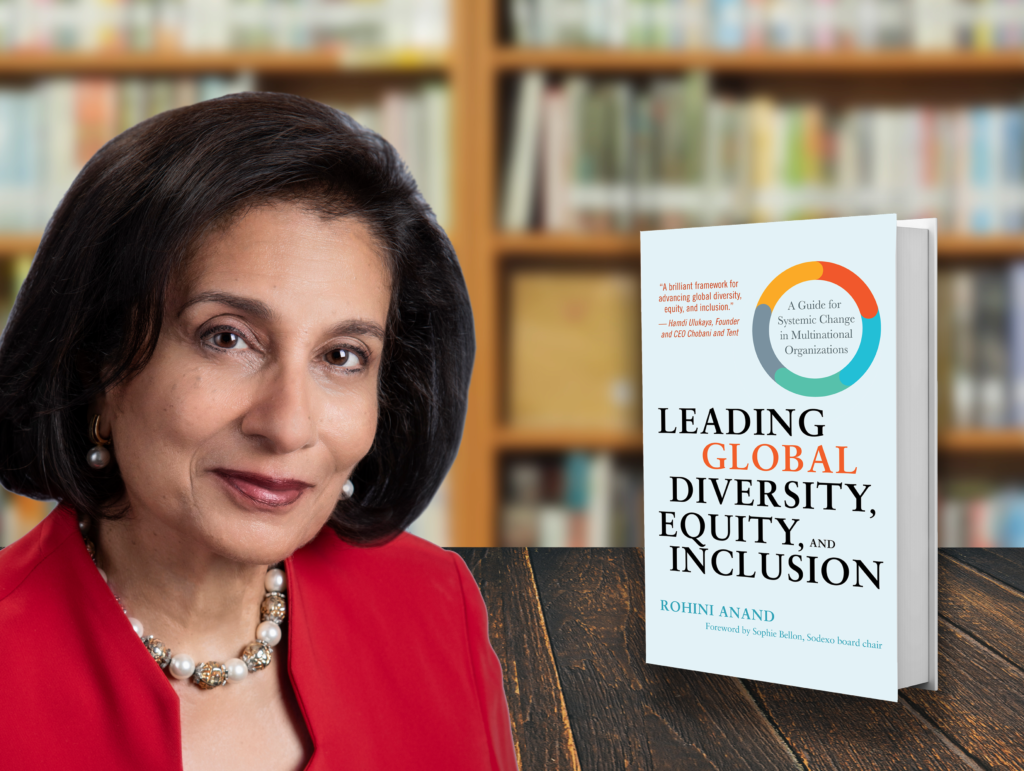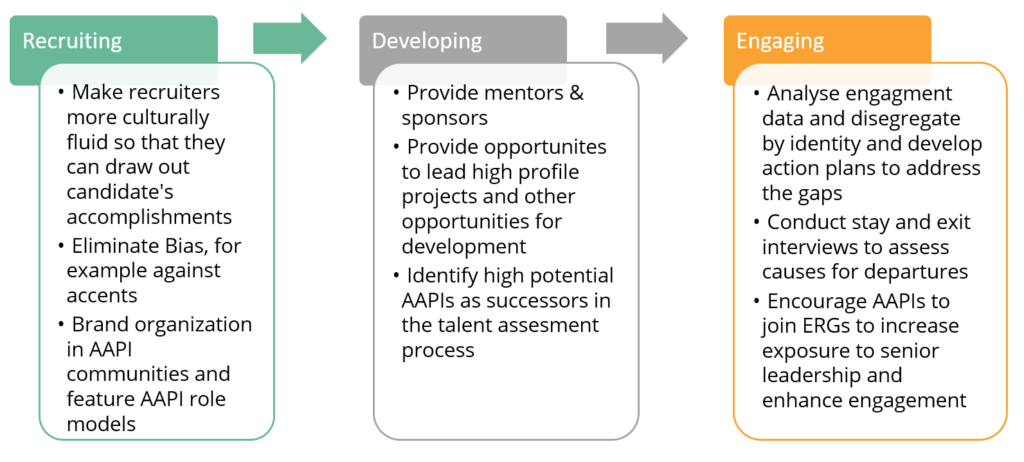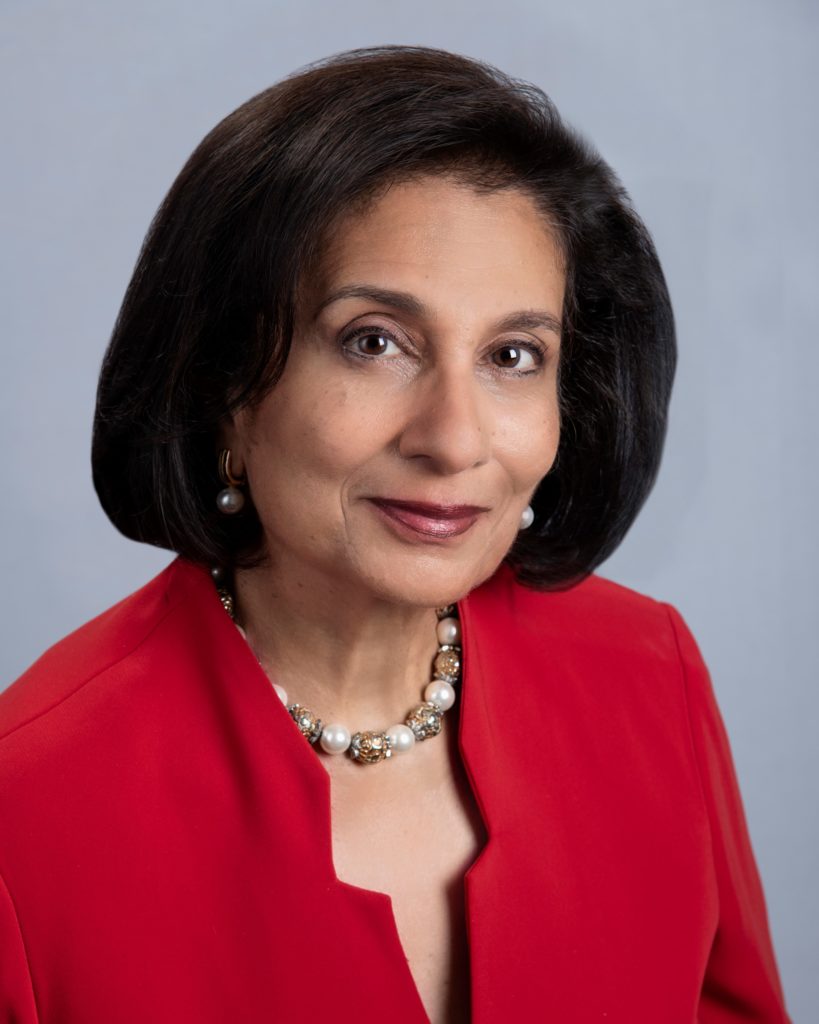In this week’s guest column, global diversity, equity and inclusion expert and author Dr Rohini Anand shares her experiences of being Asian American in the US and the challenges posed by the Bamboo Ceiling for Asian Americans and Pacific Islanders (AAPI) at work.
This month marks Asian Pacific American Heritage Month in the United States – a month celebrating Asian Americans and Pacific Islanders (AAPIs). There are currently over 20 million AAPIs living in the US and it is the fastest growing minority in the country. Although often grouped and stereotyped together, the AAPI population is a very diverse group with hundreds of languages, cultures, ethnicities, nationalities and religions.
STEREOTYPES VS REALITIES
As someone who travelled from India to the US to pursue a graduate career, I can relate to the identity shifting experience of many AAPIs as they emigrate. When I arrived in the US, my identity shifted from being part of the majority growing up in India, to being a minority- an Asian American, an immigrant and a foreigner. Despite being in the US for over 30 years at the time, I recall being told to “go back to where you come from.”
My identity-shifting experiences were both positive and negative but the one stereotype was that Asian American’s are successful both financially and in their careers. It has become quite the norm to see headlines of tech companies featuring South Asian CEO’s. Yes, there are the Satya Nadelas, the Ajay Bangas, the Indra Nooyis and the Arvind Krishna’s – Indian CEOs of Microsoft, Mastercard, Pepsi and IBM. And yet when it comes to Asian Americans and their careers, the gatekeepers in organisations continue to think… computing or accounting, yes, marketing-sales… no. Support analysts yes, leadership no…and so on. You know the drill.

AAPI STATISTICS
So, let’s do a reality check:
- 1 in 4 AAPIs in NY live in poverty.
- Hmong, Bhutanese, Nepalese and Burmese are some of the poorest AAPIs; less than 20% have college degrees.
- Unemployment of AAPIs rose during Covid with 25% of AAPIs in service and front-line jobs.
Indeed, AAPIs are least likely to be promoted to management and executive roles and are least likely to be promoted from individual contributor roles to leadership. White professionals are twice as likely to be promoted into management than AAPIs. Ascend, an Asian American advocacy organisation, shared research which shows that Asian Americans, on the whole, make up 12% of the professional workforce and yet only 4.4% of all Fortune 1000 boards.
DISCRIMINATION DURING PANDEMIC
Asian American’s have also been subjected to discrimination during the Covid 19 pandemic. A spring 2021 survey by Pew Research showed that 45% of Asian adults experienced a variety of outwardly offensive incidents since the start of the pandemic; including racial slurs and remarks that they are to blame for COVID-19.
What are the barriers holding Asian Americans from advancing? Interestingly, the barriers impacting the Asian American community are often viewed through the lens of the individual barriers attributed to Asian cultures that are seen as “foreign”, as opposed to the systemic barriers preventing the advancement of African Americans and Hispanics. As a result, many organisational diversity, equity and inclusion (DEI) efforts overlook the Asian American population, even though they are least likely to advance to leadership positions.
I believe that to develop effective solutions, it is critical to unpack the challenges encountered by Asian Americans. With that in mind, let’s turn to my book, Leading Global Diversity, Equity and Inclusion and consider the 4th principle: Go Deep, Wide and Inside Out. This principle considers the importance of taking a holistic systems approach; and embedding DEI into the processes, policies and structures throughout the organisation.

THE MODEL MINORITY LABEL
One of the stereotypes that has done the AAPI population a disservice is the “model minority” stereotype. The term “Model Minority” was first coined in 1966 by sociologist William Peterson in a New York Times Magazine article to praise what he perceived as the success gained by Japanese Americans in the United States as compared to African Americans who were struggling with systemic bigotry and poverty. Since then, this myth has been invoked to question the existence of institutionalised racism in America and manipulated to compare Asian Americans to other racial minorities.
The model minority label perpetuates the stereotypes of AAPIs as “industrious and rule-abiding,” quiet, hardworking, studious, and reliable with a solid work ethic. This label assigned to Asian Americans seems innocuous, even flattering, on the surface, but boxes AAPIs in stereotypes that include the less positive attributes of being docile, complacent and overly differential. It reinforces the narrative that Asian Americans are good at technical skills; but lacking in “soft” skills needed for leadership such as interpersonal, communications and advocacy skills. As a result, AAPIs are seen as good workers but not great leaders, and are frequently criticised for being reticent and more hesitant than other leaders from cultures to advance new ideas at team meetings or promote themselves to their manager. This has prevented them from advancing to leadership ranks.
THE BAMBOO CEILING EXPLAINED
This erroneous narrative of a lack of leadership skills has resulted in what is often referred to as the ‘Bamboo Ceiling’, with 90% of Asian American’s surveyed citing the bamboo ceiling as a barrier to their career. I explore more about the bamboo ceiling in a recent podcast with Vignesh Ramachandran. Click here to listen now.
Being seen as perpetual “foreigners” in the workplace has led to the need for AAPIs to “cover” their culture including foods, clothes and celebrations. And as a result, they generally lack a sense of belonging to the workplace.
Additionally, 48% of AAPIs report that conforming to prevailing leadership models is a problem. Silvia Anne Hewlett in her Harvard Business Review article ‘Breaking the Bamboo Ceiling’ encapsulates the challenge: “There’s a pervasive feeling of being a square peg in a round hole. For example, a female vice president at a major multinational was criticised by a boss for her Anglo-Indian accent, which he found “too stuffy.” The comment left her hurt and confused. “What am I supposed to do?” she asked. “Go for language classes?”
LEADERSHIP BIAS
Let’s ask ourselves, if conventional Western male leadership qualities are the only competencies relevant in today’s complex global economy, are our narrow concepts of leadership biasing our promotion decision-making and limiting the progression of AAPIs?
The question now becomes what can be done to alleviate the challenges posed by the Bamboo Ceiling? Once again, let’s turn to Principle 4 – Go Deep, Wide and Inside Out – to explore solutions; and the importance of ensuring that we examine the talent cycle and eliminate bias in order to enable AAPIs breaking through the bamboo ceiling.

THE GREAT RESIGNATION
More about Principle 4, Go Deep, Wide and Inside Out and the strategies you can develop to embed DEI into the processes, policies and structures throughout your organisations, can be found in my book Leading Global Diversity, Equity and Inclusion.
In the midst of the great resignation, when record numbers of people are leaving their jobs, organisations simply cannot afford to lose their Asian talent. I believe corporate leadership’s success in utilszing the skills and intelligence of all talent, including AAPIs talent, will play a huge role in determining who’s still standing 40 years from now.

MORE ABOUT DR ROHINI ANAND
Dr Rohini Anand is a pioneer and sought after thought leader in the diversity, equity and inclusion (DEI) field; and provides DEI advisory services to clients in the public and private sectors. She is a board member of the Tent Partnership for Refugees; WomenLift Health (a Gates Foundation initiative); Aspen Institute’s Family Prosperity Advisory Board, and the NACD’s Center for Inclusive Governance; as well as on the external DEI advisory boards of Charter Communications and Sanofi. Dr Anand’s expertise spans executive leadership, human capital, global DEI and corporate responsibility.
Her global experience, cultural dexterity, extensive network and ability to influence leaders result in a reputation for judgment, integrity, and accountability. Most recently, she was SVP Corporate Responsibility (CR) and Global Chief Diversity Officer for Sodexo; where she reported to the Global CEO and was a member of Sodexo North America’s executive committee. Dr Anand successfully positioned Sodexo as a global thought leader in DEI and CR. She is the author of Leading Global Diversity, Equity and Inclusion: A Guide for Systemic Change in Multinational Organizations, which is available to order here.







































